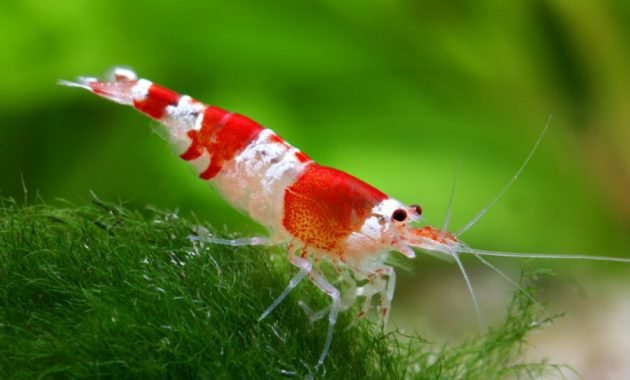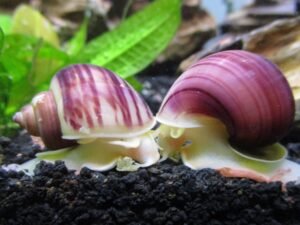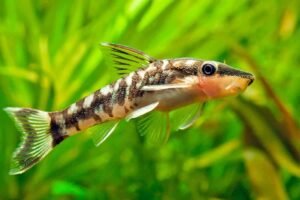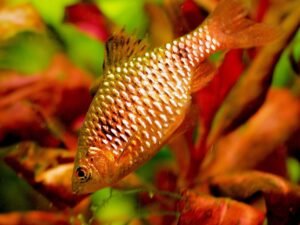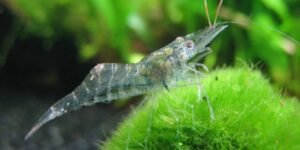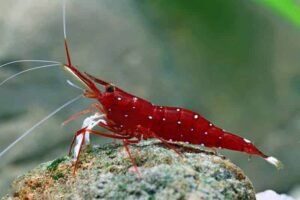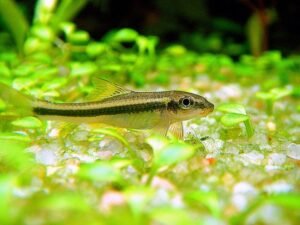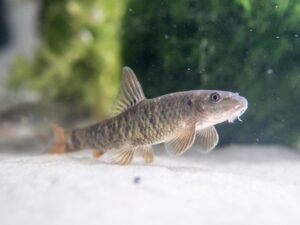The primary feature of fertilized eggs is brownish amber rather than white opaque, which indicates a non-viable egg. The fertilized eggs stick to their spawning site. The yolk sac larva and the oil tube inside their translucent eggshell provide the only sign of fertilization. Both parents signify fertilization by shielding their eggs and nibbling on any fish that stay close. After reading this post you will get a clear idea about How to tell if Angelfish eggs are fertilized. Let’s start…
Angelfish eggs
Angelfish eggs are fertilized when they are translucent to amber-brown or light brownish-yellow in color. When they are yellowish, it means they are getting ready to hatch in a few days. Today, we will use information about Angelfish eggs to increase our knowledge about these fish, as they are known and maintained in aquariums worldwide.
How do I tell if an angelfish egg is fertilized?
Angelfish are easily reproduced fish, in addition to being competent reproducers and providing excellent parental care. Some obstacles in breeding are unfertilized eggs or eggs attacked by infective agents (mainly fungi). Luckily, detecting the viability of angelfish eggs is easy and quick to do and helping the parents or even artificially hatching them in a separate tank. Are fertilized and how to care for an angelfish, and much more. Angelfish offer many opportunities for trial and error, especially if you have already established pairs of angelfish that have previously mated and have had experience caring for eggs and fry.
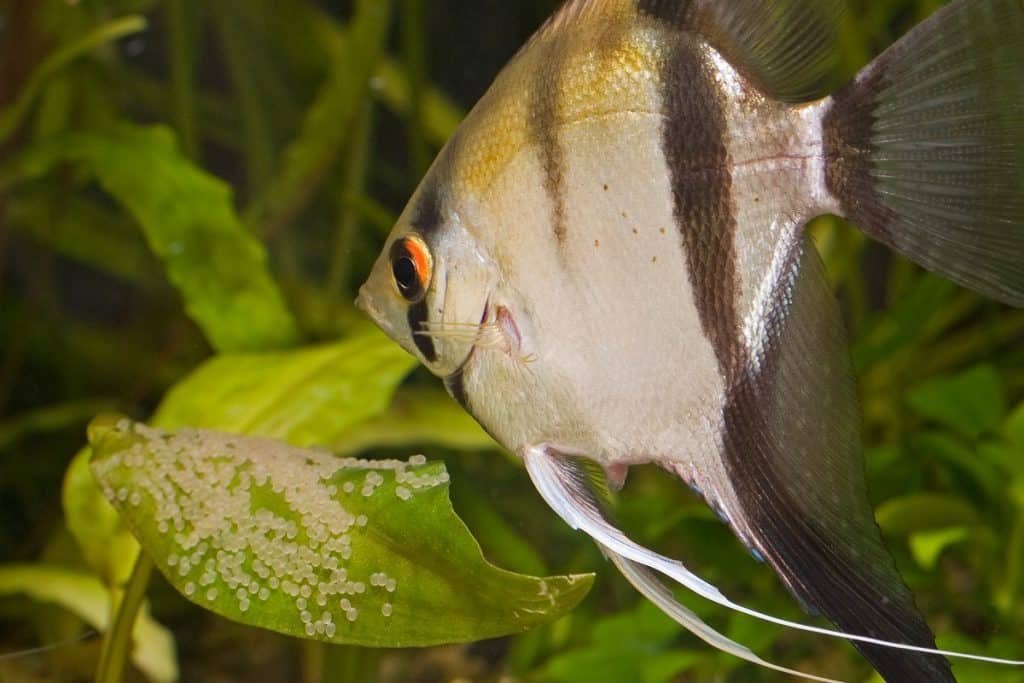
How often do angelfish lay eggs?
Angelfish species are fish belonging to the Cichlidae family. They are among the most popular tropical aquarium fish because of their beauty and graceful movements in the water. Angelfish lay as many as 1,000 eggs in a single spawn. Each couple can mate every two weeks. There are many varieties of angelfish of different colors, including wild angelfish, silver angelfish, zebra angelfish, koi angelfish, smoke angelfish, etc. Knowing the correct care at each stage of reproduction can help you understand the egg and take the necessary care. There are several reasons why you might want to resort to hatching eggs without the help of the angelfish parents. This will be explained in detail in this guide.
Difference Between Fertilized And Unfertilized Angelfish Eggs
It is normal to find some dead white eggs among the brown eggs. Beginning aquarists may think that the egg’s color is irrelevant to the hatching process. White or milky eggs are dead eggs, unfertilized or contaminated by some fungus or bacteria. You must remove milky eggs before they infect viable eggs; you could lose all offspring if not removed. Couples in the first litter should be observed, as they have not yet learned to properly take care of the litter. The main difference to be observed between healthy and non-viable eggs is the color they present.
What color should angelfish eggs be?
Viable eggs have high transparency, ranging from light translucent to amber and brown. Viable eggs hatch in approximately 60 hours when kept at 80°F in good water conditions. Opaque or milky eggs indicate non-viable, unfertilized, or infected eggs and should be removed from the pond. Fungi-covered eggs will produce more fungus, infecting healthy eggs. As we move forward, I’ll tell you how to recognize viable eggs and share some valuable ways to take care of a tricky situation and ensure that your fry stays friendly and healthy.
Angelfish breeding
Angelfish (Pterophyllum sp.) is a population with adequate stability, which is recognized as less concern. This species is most often found in soft acidic waters in flooded forests and lakes in Amazon. Keep a large school, and couples will form without a problem and spawn readily. They clean a flat vertical surface to lay their eggs and will protect the place from other fish. Spawning occurs with the female laying eggs on the prepared surface and the male following, fertilizing them.
Introduction to the breeding of angelfish
At some stage, every fishkeeper or aquarist has started to keep or try to breed angelfish most of the time. Angelfish are one of the oldest freshwater tropical fish in the business, featuring a wide variety of colors and shapes and being easily obtainable. They are relatively easy to maintain and breed and are a great entry point for anyone looking to produce fish that lay eggs.
Getting that first angelfish spawn
Being easy to reproduce does not mean that they will automatically lay eggs when you place them in your aquarium. It just means they have a steady habit of spawning. After introducing a fish to another location, it takes a few weeks for them to adjust. Wait a while, and they will reward you with patience and good behavior. A characteristic mark of a poorly packaged fish suffering from stress does not eat much or are visibly thin, afraid, and without strength. You can raise the temperature a little or make a substantial change (75% or more) with cooler water; in formed pairs and conditioned fish will act as a trigger for egg deposition.
Angelfish water requirements
In natural environments, angelfish swim in acidic, soft, and hot water, which is easily found most of the year – usually 84 F. Because they have been bred in captivity for years, captive individuals are adapted to living in different environments. Water patterns from that of nature. In the case of wild individuals, if the water used in your system is not naturally acidic and soft, use deionization or a reverse osmosis filter to produce soft water.
Angelfish Tank Set-Up
A 26-gallon aquarium is a great size to use when isolating a pair for breeding. Angelfish need to feel secure in their new environment to succeed and reproduce freely. Angelfish have no difficulty dealing with nitrites and ammonia in low concentrations. Still, when we are going to breed them, we have to be very careful with the quality of the water, as this can result in the success or failure of the litter. An adequately cycled and sized filtration system will help deal with these contaminants, along with water changes. We recommend using PVC pipes, plant pots, and driftwood when setting up the breeding tank; this provides flat surfaces for oviposition.
Feeding Angelfish
Angelfish are typical cichlids. The standard rule is to offer good quality food at least a few times during the day. Angelfish are great eaters, having no problems accepting different foods. Offer small portions of food so as not to be leftovers in the water; take advantage of the feeding time to see if all the fish are ok. Barebottom tanks are an excellent choice for breeding tanks, as you can see if there are any leftovers or droppings somewhere and get them out quickly.
Artificially Hatching Angelfish eggs.
Artificially hatching angelfish eggs is relatively easy and can be done on many different levels, but there are two essential ingredients. One is aeration, and the other is pure water. It can take a lot of spawns for the parents to learn how to create the eggs ideally. Some breeders make use of fungicidal elements and other tricks to increase the success rate. By keeping the eggs aerated and water in perfect condition, hatching will occur.
What do angelfish eggs look like when fertilized?
Angelfish eggs range in color from translucent amber to brown. The more eggs that turn white, the more care must be taken. Other fish and even inexperienced parents will eat the fry in the blink of an eye. Monitor egg growth and evolution frequently. Angelfish eggs need a short period of approximately 60 hours to transform into fingerlings.
How do I care for angelfish eggs?
Angelfish eggs face the initial threat from their parents. Parents can care for the eggs, oxygenating them and keeping them free of dirt, fungus, and dust with their fins. If you keep the couple away from the eggs, you must do everything their parents did during and after incubation. Always keep the water in perfect conditions; when raised with the parents, remember to remove the matrices right after the fry is in its normal swimming movement. Post-hatch success depends on you keeping the water parameters excellent and stable and providing the fish with proper nutrition.
How long does it take for angelfish eggs to hatch?
It takes fertilized angelfish eggs 60 hours from spawn to hatching. Keeping the temperature in the tanks around 80°F. As the larval angelfish consume up all their yolk sack, they become free swimmers. This happens in about 3 to 5 days after hatching, depending on the water temperature.
Tell me the right color for angelfish eggs?
Angelfish eggs should be opaque amber or brownish, indicating they are fertile and healthy. If your eggs become white and opaque, they are not necessarily dead, but your chances of hatching are minimal unless you take immediate action. Watch the colors of the eggs in an appropriate range. If they keep dying, you can fix the causes and avoid it before a new spawn comes, even if they can be saved.
Why are Angelfish eggs not fertilized?
When you see white Angelfish eggs, you are left wondering where anything went wrong. We know that the egg is not viable; this can happen for different reasons. In the case of fish, poorly conditioned breeders will produce poor-quality offspring. With deteriorating water quality, eggs will be lost to fungi and other infections, and the couple’s experience also counts in this case.
Acquisition of Angelfish breeding stock
There are two basic ways to get a pair of angelfish. One of them is to acquire fish that have already formed pairs. The second involves purchasing a dozen juvenile fish to grow and develop new pairs. When receiving formed pairs, ask how old the fish are and how long they have been bred. Some angelfish that have been used as a matrix have observable sexual traits, but ideally, you don’t want old couples because they don’t show the same vigor as before.
Do angelfish lay eggs without males?
Some signs say your angelfish will spawn. Angelfish can be bred at six to twelve months of age. It’s equally important to look at the available space; an overcrowded environment prevents angelfish from spawning, no matter how good the parents’ breeder is. Some females will lay eggs regularly; when kept in optimum pond qualities, the eggs will not be fertilized without a male angelfish; they will die, becoming a mass of opaque white fungus.
What to do when angelfish eggs change color?
You can’t expect all angelfish eggs to hatch. Angelfish produce so many eggs that there are still many leftovers even in outbreaks of contamination. And angelfish are so prolific that even if you lose all your eggs, you’ll soon have a new spawn. Take some steps to keep your fish healthy in the tank and in all failed attempts to understand what is going on so that you can learn to solve future problems.
How do I keep angelfish eggs from changing color?
You have to accept that you’re going to lose some eggs no matter what you’ve done. If your eggs look milky, try to find out why your Angelfish never fertilized correctly. As eggs are victims of fungal infections or bacteria, it is best to keep the water in perfect condition at all times. Put it in a separate tank if any hostile fish exerts so much stress that it inhibits your angel from producing its egg.
Improperly managed migration
If angelfish eggs turn opaque or white after you relocate them, they are infertile or dead. Relocation of eggs without the correct technique can cause fungal infections or hatching eggs, causing embryo death. Use and keep the same water parameters of the aquarium in which they were fertilized in the egg tank.
Fertility issues
A healthy angelfish egg has a bright brownish-brown color. On the other hand, white or opaque eggs are sterile. Angelfish, unlike other fish, also do not lay fertilized eggs.
The factor behind Angelfish egg colors
Fish breeders must continuously monitor angelfish eggs colors because they show a lot about egg health. Early fertilized angelfish eggs should show a clear amber or brown shade; in this situation, you might increase your chances of hatching their eggs. For this reason, you must watch their colors closely during the spawning period of your angelfish. White or transparent angelfish eggs are not always dead.
Egg Caring Tips
You should then check if the eggs are oxygenated and the water is in excellent condition. To protect the eggs from bacteria or fungi, you can treat the water with a fungicide like methylene blue.
Notes About the breeding of angelfish
If your angelfish pair is too young or eating the eggs, you might have difficulty breeding them. Angelfish have been known to react over certain stress factors (e.g., motion around the tank or other fish movement) and eat eggs in their haste. If this is the case take eggs out of the tank will be necessary. If it’s their first-time breeder, the eggs can be removed and hatch in a separate tank.
How do I care for angelfish fry after they hatch?
It would be best if you waited until you got a tank full of free-swimming fry to feed them. You can supplement their diet with fresh hatched brine shrimp and micro worms. It would help if you ultimately gave angelfish the same feeding you fed your adult angelfish. Angelfish fry develops a maturity within six to twelve months.
Final thought
Constantly observe the colors and evolution of your angelfish eggs; that way, you will know how to take the necessary action that will guarantee long and prosperous life to the embryos.
Conclusions
Angelfish eggs should be transparent amber or brown. If they look opaque, it may suggest the lack of fertilization. Angelfish do not need internal fertilization. The female can even lay eggs without the presence of a male. You can form your breeding pairs or visit a pet store or a fish breeder and purchase a reproduction pair from experts. I hope you can raise an angelfish fry someday. Don’t give up even if you don’t succeed after trying. Try my suggestion above to improve your problem-solving skills. I believe the article has helped clarify the matter about How To Tell If Angelfish Eggs Are Fertilized.

![[Complete Breeding Guide] How To Tell If Angelfish Eggs Are Fertilized – (With Pictures) How To Tell If Angelfish Eggs Are Fertilized](https://aquariumhunter.com/wp-content/uploads/2021/10/122.jpg)

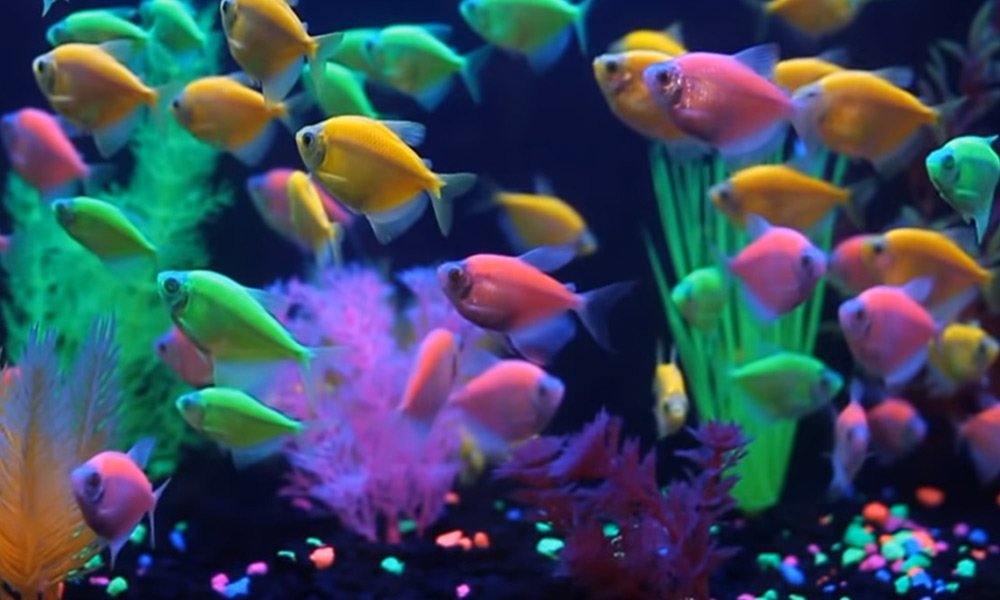


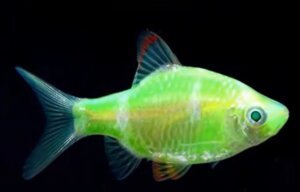








![[Complete Guide] Best Fish for 5 Gallon Tank (With Pictures) [Complete Guide] Best Fish for 5 Gallon Tank (With Pictures)](https://aquariumhunter.com/wp-content/uploads/2021/10/Painted-Fire-Shrimp-3_1024x1024.jpg)
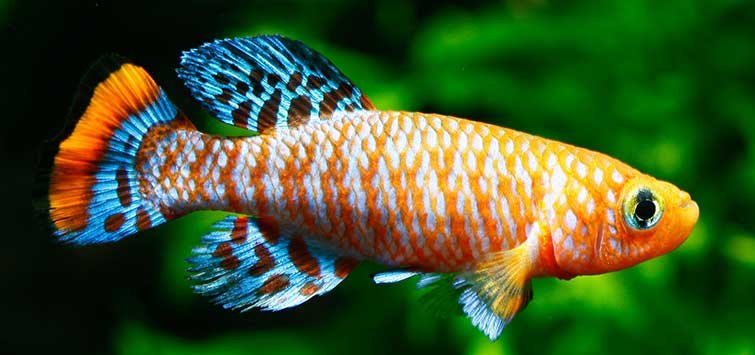
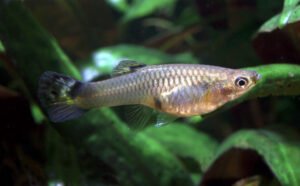

![[Quick Signs] How to Tell if a Molly Fish is Pregnant? [Quick Signs] How to Tell if a Molly Fish is Pregnant?](https://aquariumhunter.com/wp-content/uploads/2021/09/2.jpg)
![[Must Read] Best Fish For a 20-gallon Tank (With Pictures ) [Must Read] Best Fish For a 20-gallon Tank (With Pictures )](https://aquariumhunter.com/wp-content/uploads/2021/09/196_danios_ahoy.jpg)
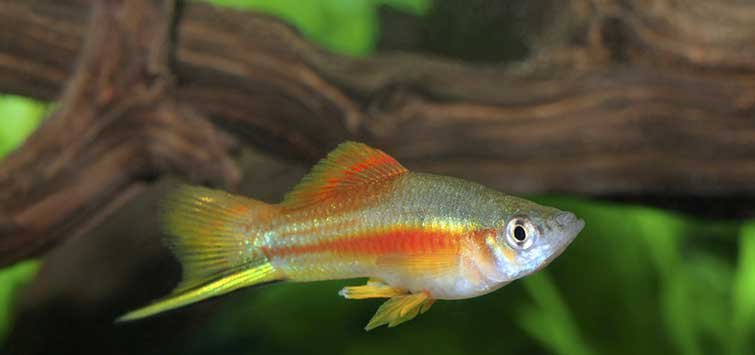
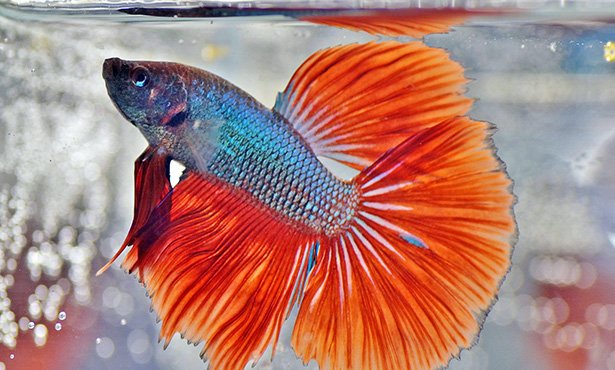
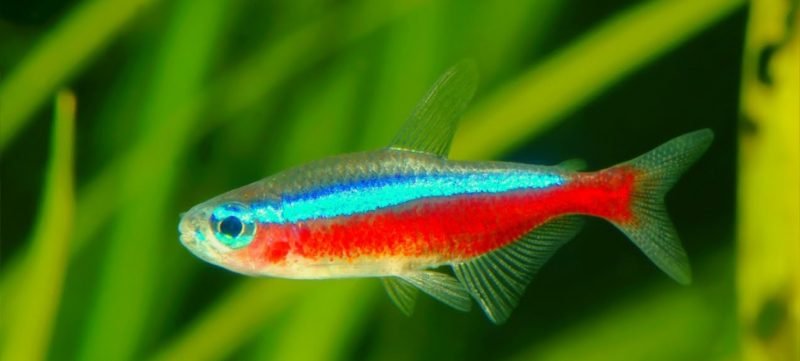
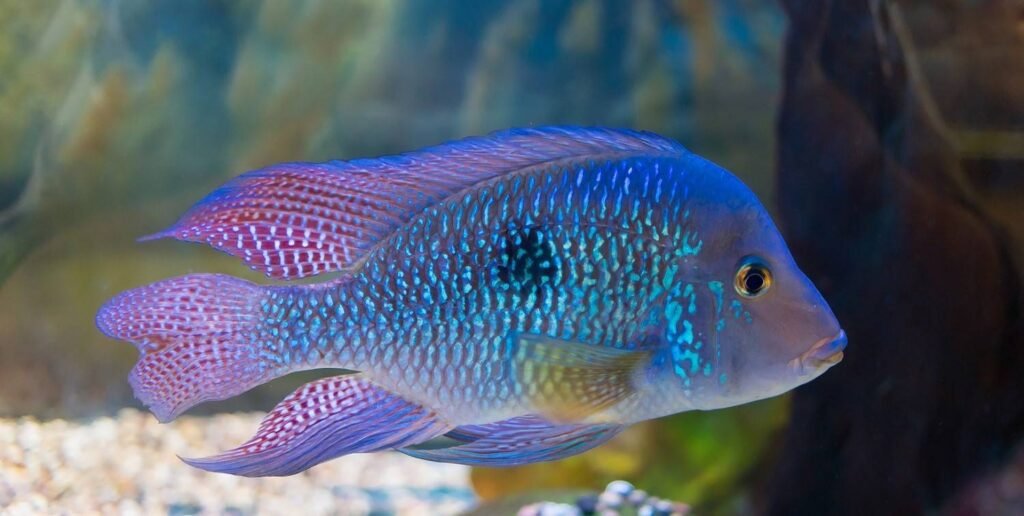




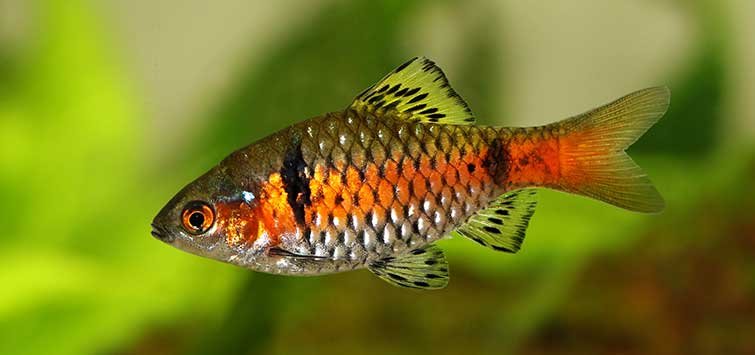
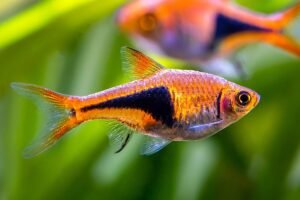


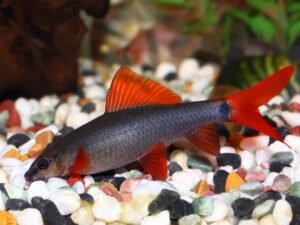



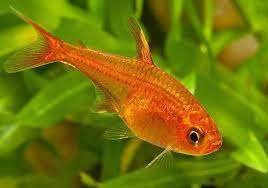

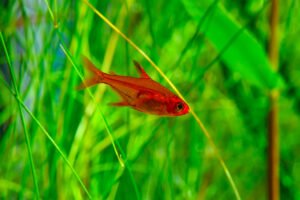



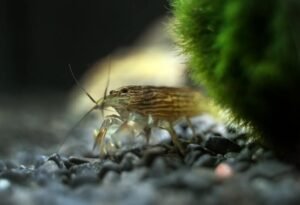
![[Ultimate] Balloon Molly Fish: The Complete Care Guide Molly Fish](https://aquariumhunter.com/wp-content/uploads/2021/09/unnamed-2.jpg)


![[Care Tips] The 20 Best Algae Eaters For Your Freshwater Tank Best Algae Eaters For Your Tank](https://aquariumhunter.com/wp-content/uploads/2021/09/whiptail-catfish.jpg)

